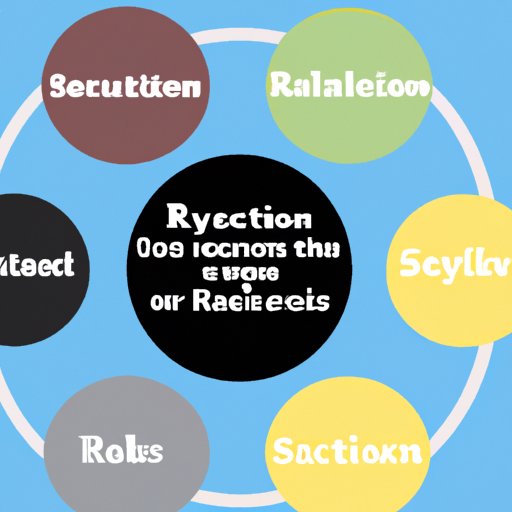
I. Introduction
Systemic racism in education is a pervasive and complex issue that affects students, schools, and communities in a profound way. It refers to the ways in which policies, practices, and social structures perpetuate racism within the education system, resulting in disparities in opportunity and outcomes for students of color. It is important to discuss the impact of systemic racism in education so that we can understand how to break the cycle and create an equitable education system for all students.
Therefore, this article aims to provide a comprehensive exploration of systemic racism in education, including its definition, history, impact on students, strategies for change, intersection with racism, personal stories, and a call to action to dismantle it.
II. Understanding the Impact of Systemic Racism on Education: A Comprehensive Guide
Systemic racism in education has deep historical roots in the United States, including the exclusion of African Americans from schools and the use of education to justify and perpetuate segregation and discrimination.
Today, systemic racism manifests in many ways, including biased standardized testing practices, unequal access to resources and funding, underrepresentation of students of color in gifted and talented programs, and harsher disciplinary policies for students of color.
These systemic barriers to education result in significant negative impact on students of color, such as lower graduation rates, higher rates of dropout, overrepresentation in special education, and underrepresentation in advanced classes and programs.
III. Breaking the Cycle of Systemic Racism in Education: How to Effect Change
It is essential to address systemic racism in education to create an equitable education system that benefits all students. To do this, educators and schools can implement strategies such as culturally responsive teaching, anti-bias curriculum, and restorative justice practices that provide support, guidance, and education to marginalized students.
Parents and students can also take action by engaging in advocacy, communicating with schools and policymakers, and educating themselves about how to support efforts to dismantle systemic racism. Overall, breaking the cycle of systemic racism in education requires collective effort and a commitment to equity and justice for all students.
IV. Analyzing the Intersection of Racism and Education: What You Need to Know
The intersection of racism and education is complex and multifaceted; it affects not only students but also educators and administrators. Racism in education can manifest in many ways, including hiring practices, curriculum, discipline policies, and the distribution of resources and funding.
It is crucial to address how policies and practices in education perpetuate systemic racism and to work towards creating an educational system that is truly inclusive and equitable.
V. From History to Current Day: Tracing the Roots of Systemic Racism in Education
Examination of historical events and policies that have contributed to systemic racism in education is essential to understanding its deep-seated roots and to creating meaningful change. Earlier policies such as the landmark Supreme Court Case Brown v Board of Education called for schools to be desegregated, yet a recent study revealed that schools are currently more racially segregated than they were in the early 1970s.
Current policies that perpetuate systemic racism include zero-tolerance policies and biased standardized testing practices.

VI. The Realities of Systemic Racism: Students and Educators Speak Out
The realities of systemic racism within education are best understood through the voices and experiences of students and educators. Personal stories shared by those affected by systemic racism highlight the need for transformative and equitable policies and practices in education.
These stories shed light on the harm done by, for instance, disproportionate discipline of students of color and inequitable access to resources and funding. Acknowledging and amplifying these voices is a crucial step in dismantling systemic racism in education.
VII. A Call to Action: How to Dismantle Systemic Racism in Education
Dismantling systemic racism in education requires collective action and a commitment to equity. Resources and organizations that focus on dismantling systemic racism in education are crucial in this fight. These include organizations that empower families and students to advocate for themselves, those that focus on research and policy change and teach education stakeholders about antiracist principals and practices, and those that provide a community space for educators student and families to seed feedback.
VIII. Conclusion
Systemic racism in education is a pervasive and complex issue that requires us all to take action. This article aimed to provide an understanding of what systemic racism is in education, its impact on students, strategies for change, intersection with racism, historical roots and Personal stories shared by those affected. Dismantling systemic racism in education is a collective responsibility, and by taking action and working together, we can create an equitable education system that benefits all students.





